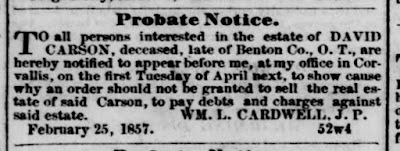The Policy Committee of our Metropolitan Planning Organziation meets today, Tuesday the 28th at noon. Their big item is a review of the full draft long-range Metropolitan Transportation Plan.
 |
| Last month on big rains, flooding, and climate |
Earlier this month, the minutes for the technical committee in January had a revealing note on "climate change planning." It framed climate action as this outside thing, a little strange even, a phenomenon "increasing in importance" and something that could "potentially influence MPO planning." Staff will "monitor federal, state, and local efforts and ascertain how the regional transportation planning may need to be adjusted accordingly."
 |
| January TAC in Feb TAC minutes on climate |
That looks again like a clear statement that the MPO remains uninterested in climate, will always do the minimum possible, and will only do what other agencies require it to do. The MPO really should embrace planning for climate and be more active and assertive on it, rather than passive and reluctant.
On today's agenda is formal recognition of some tasty pork. I am not sure this has hit the local press yet even though it is news a month old or more. The news has been about the youth pass and changes to the fare structure, but not this Federal grant. Cherriots got an earmark for purchasing the site for the South Salem Transit Center. It really looks like it is going to happen this time! So that is some unambiguous and terrific news.
 |
| Pork! A helpful earmark for Transit |
Last month, Councilor Phillips, an ER doctor it should be remembered, indicated he wanted to participate on the Steering Committee for the new regional safety plan. He advanced Councilor Stapleton's name also. That is great to see.
Less great is that there still has been nothing publicly said about Denise Vandyke, the co-worker whom a driver killed in a crosswalk in December. It is a strange silence.









































